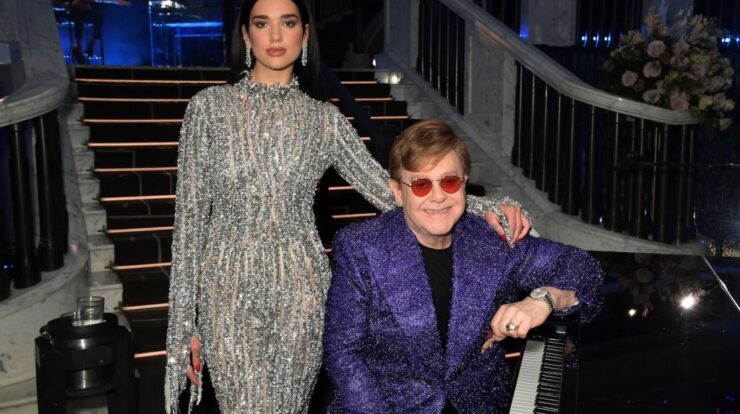
Cats are famous for their calming purrs, which often evoke feelings of joy and coziness among humans. However, did you know that the reasons behind cat purring extend beyond mere signs of satisfaction? In fact, this feline vocalization carries deeper significance than simply expressing pleasure.
Researchers think it has multiple functions, including communication and healing. Let us delve into the basic but intriguing explanations for this distinctive cat behavior.
A Way to Communicate
Kittens begin purring shortly after birth, usually within just a few days. This behavior serves as a signal from the kitten to its mother indicating safety and comfort, particularly during feeding times. Additionally, the mother cat uses her purring to soothe her offspring, fostering a sense of security and strengthening their relationship through these comforting vibrations.
As felines age, they maintain purring as a means of expression. When contented, a cat may purr when stroked or nestled in your lap, signaling feelings of comfort and safety. Nonetheless, a purr does not necessarily indicate that a cat is joyful.
Cats also purr when they’re scared, hurt, or feeling unwell. In these cases, it’s thought to be their way of asking for comfort or calming themselves. So, while purring often signals happiness, it can also tell us that a cat needs extra care and attention.
The Mechanics of Purring
A cat’s purr originates from vibrations within their throat. Essentially, the muscles surrounding their vocal cords contract and release quickly with each breath, producing the characteristic deep, throbbing sound familiar to us. In contrast to a meow—which is deliberate and audible—a purr often occurs involuntarily, similar to an instinctive response.
Most cats purr at a frequency of 25 to 150 vibrations per second. Interestingly, these frequencies aren’t just pleasant to hear—they can also have physical benefits. Studies suggest that the vibrations from purring may help with healing. This might explain why cats sometimes purr when they’re injured or recovering from illness. It’s as if they’re using their purrs to help themselves feel better.
A Built-In Healing Tool
One of the most intriguing aspects of purring is how it might serve as a built-in healing mechanism. As cats purr, they appear to soothe themselves and potentially accelerate their recuperation from wounds.
The tremors caused by their purring might aid in decreasing inflammation, enhancing circulation, and maintaining overall physical health. This could be why some experts think cats have an advantage when recovering from injuries relative to many other creatures.
Purring also helps cats relax, even when they’re scared or in pain. This is why you might notice a cat purring at the vet’s office or during a stressful situation. It’s their way of coping with discomfort and staying calm. For cats, purring is much more than a cute noise—it’s a tool for survival and health.
More Than Simply a Joyful Noise
Though we commonly associate purring with contentment, there is much more to this behavior. Felines utilize their purring for communication, self-soothing, and even promoting physical healing within their bodies.
The next time you notice your cat purring, keep in mind that this action isn’t solely indicative of contentment; it’s also an intelligent, innate mechanism aiding their health and interaction with surroundings. This trait underscores how extraordinary these animals really are, as their gentle vibrations serve multiple purposes beyond mere relaxation.
Up Next:
-
Discover the 18 Smartest Dog Breeds as Ranked by Experts
-
20 of the Most Stunning Creatures on Earth
-
17 Loyal Dog Breeds That Will Protect Your Family
The post
What Causes Cats to Purrr? Unveiling the Science of This Feline Noise
appeared first on
Globe Grazers
.





